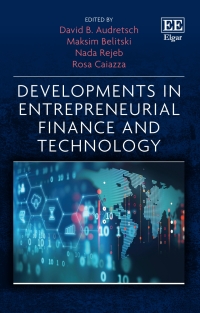Question
Traderfoods Inc., a supermarket chain specializing in natural and organic foods, is considering upgrading its stores. To assess the project, Traderfoods has spent $2m on
Traderfoods Inc., a supermarket chain specializing in natural and organic foods, is considering upgrading its stores. To assess the project, Traderfoods has spent $2m on market research. Based on this study, the project will increase annual per-store sales from $30m to $35m in years 2 to 5. In the projects first year, however, the disruption it creates lowers per-store sales from $30m to $26m. By improving the lay-out of the stores and reducing stafing levels, the project lowers the cost of goods sold and all other operating expenses from 90% to 85% of sales in years 2 to 5 of the project. In year 1, cost of goods sold and other expenses will remain unchanged at 90% of sales. After year 5, the projects improvements are expected to be obsolete, and per-store sales, COGS, and operating expenses are expected to revert to the previous levels.
Refurbishing and upgrading the stores costs $4m per store, payable at the end of the first year. Under the relevant tax laws, this entire amount can be expensed (i.e., depreciated to zero) in the first year. For each store, the net working capital (NWC) required at the end of each year is equal to 10% of the following years sales. This percentage is unchanged by the project. The decrease in sales in year 1 caused by the project has no effect on working capital.
The project requires Traderfoods to invest into the capacity of its regional distribution centers. In total, Traderfoods will have to build 10 additional distribution centers to serve its 200 stores. Each new distribution center requires an investment of $9m, payable at the end of the first year. This investment will be depreciated straight-line over years 2 to 10 of the project. At the end of year 5, each of the new distribution centers is expected to be sold for $8m. Traderfoods tax rate on corporate income is 30%.
a. What are the incremental free cash flows of the project in Year 1, Years 24, and Year 5?b. The cost of capital applicable to this investment project is 10% per year. What is the projects net present value?c. How much does Traderfoods have to change its required NWC (as a percentage of the following years sales) for the projects NPV to become $300 million? Assume that the change in the required NWC occurs whether the project is undertaken or notStep by Step Solution
There are 3 Steps involved in it
Step: 1

Get Instant Access to Expert-Tailored Solutions
See step-by-step solutions with expert insights and AI powered tools for academic success
Step: 2

Step: 3

Ace Your Homework with AI
Get the answers you need in no time with our AI-driven, step-by-step assistance
Get Started


